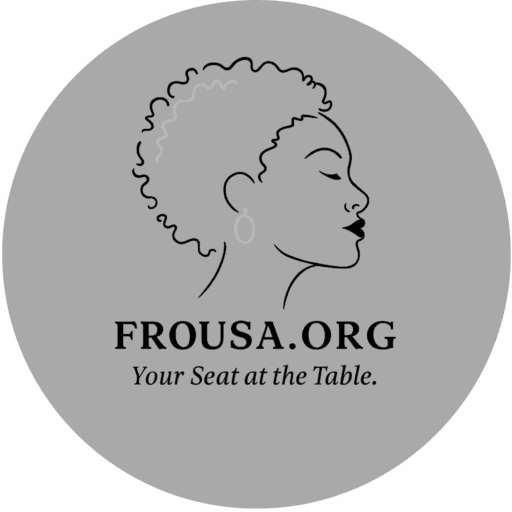Some tsunamis are small and don’t cause damage. Others can cause massive destruction.
HONOLULU — A powerful earthquake that struck off the coast of Russia generated tsunami warnings and advisories for a broad section of the Pacific, including Alaska, Hawaii and the U.S. West Coast.
The quake registered a magnitude of 8.8 and was centered off the coast of the Kamchatka Peninsula, according to the U.S. Geological Survey. The temblor struck early Wednesday local time, which was still Tuesday in the U.S.
Here’s what to know about tsunamis and their warnings:
What is a tsunami?
Tsunamis are waves triggered by earthquakes, underwater volcanic eruptions and submarine landslides. After an underwater earthquake, the seafloor rises and drops, which lifts water up and down. The energy from this pushes sea water that transfers to waves.
Many people think of tsunamis as one wave. But they are typically multiple waves that rush ashore like a fast-rising tide.
Some tsunamis are small and don’t cause damage. Others can cause massive destruction. In 2004, a 9.1 magnitude earthquake struck off the coast of Indonesia, causing waves that leveled remote villages, ports and tourist resorts along the Indian Ocean across Southeast and South Asia. Some 230,000 people died.
How do people find out if there’s a tsunami warning?
In Hawaii, emergency authorities blast alerts to people’s cellphones, on TV and radio and sound a network of sirens.
In Alaska, some communities have sirens and information is also available on weather radio or public radio broadcasts. Official accounts on social media and cellphone push alerts spread the word. In some places, local officials have relayed warnings door to door.
Earlier this month, after another earthquake off Alaska’s Aleutian Islands, public safety departments in King Cove and Unalaska sent alerts urging those in coastal areas or those that could see inundation to seek higher ground.
What should I do if I get a tsunami alert?
Authorities urge people to move to higher ground when they have indications a tsunami will arrive.
In Hawaii, the state’s emergency management agency directs people to check maps and to evacuate if they are in a tsunami hazard zone. It also tells people to stay at least 100 feet (30 meters) away from inland waterways and marinas connected to the ocean due to the possibility of wave surges and flooding.
Some communities have buildings designated on higher ground as meetup points during tsunami warnings, such as a school, while others might simply urge residents to retreat up a hillside.
In the U.S., the National Weather Service has different levels of alerts:
— A warning means a tsunami that may cause widespread flooding is expected or occurring. Evacuation is recommend and people should move to high ground or inland.
— An advisory means a tsunami with potential for strong currents or dangerous waves is expected or occurring and people should stay out of the water and away from beaches and waterways.
— A watch means that a tsunami is possible and to be prepared.
How long does it take for tsunamis to arrive?
It depends on how far the epicenter of the earthquake is from a coastal area. It could take just minutes for waves to hit land next to the site of a major quake. It could take hours for tsunamis to cross the Pacific Ocean.
The speed of tsunami waves also depends on ocean depth. They travel faster over deep water and slow down in shallow water.
What effects have been noticed so far?
The Japan Meteorological Agency said a tsunami measuring 1.3 feet (40 centimeters) was detected in Tokachi, on the southern coast of Hokkaido, the northernmost of the country’s main islands.
In Alaska, the National Tsunami Warning Center estimated wave heights could reach 3 feet to 5.6 feet (91 centimeters to 1.7 meters) at Shemya and up to 2.5 feet (76 centimeters) at Adak, which has about 70 people and is the southern-most community in Alaska. Some waves have likely already hit Alaska’s remote far western islands but weren’t expected to reach Cold Bay until 8 p.m. local time.
A tsunami warning was issued for Hawaii, with the first waves expected to arrive after 7 p.m. local time.
Much of the Pacific coast of North America spanning from British Columbia in Canada to down the U.S. West Coast and into Mexico was under a tsunami advisory.
The Oregon Department of Emergency Management said on Facebook that small tsunami waves were expected to reach parts of the state’s coastline starting around 11:40 p.m. local time, with wave heights between 1 to 3 feet (30 to 91 centimeters).
It urged people to stay away from beaches, harbors and marinas and to remain in a safe location away from the coast until the advisory was lifted.
“This is not a major tsunami, but dangerous currents and strong waves may pose a risk to those near the water,” the department said.
Waves up to 5.7 feet (1.7 meters) were also possible in Crescent City, California, with smaller waves — many expected to be less than 1 foot— in other communities along the West Coast.
Mexico’s navy warned that waves between 1 to 3.3 feet (30 to 100 centimeters) were possible on its coast.
Copyright 2025 Associated Press. All rights reserved. This material may not be published, broadcast, rewritten, or redistributed.
Great Job & the Team @ WFAA RSS Feed: news Source link for sharing this story.



